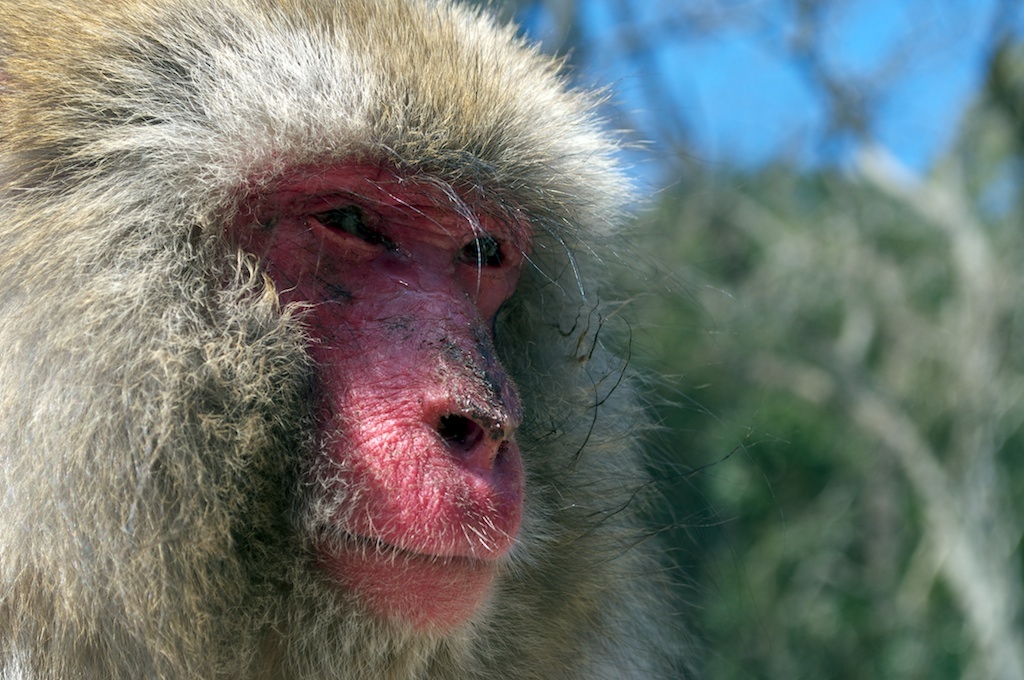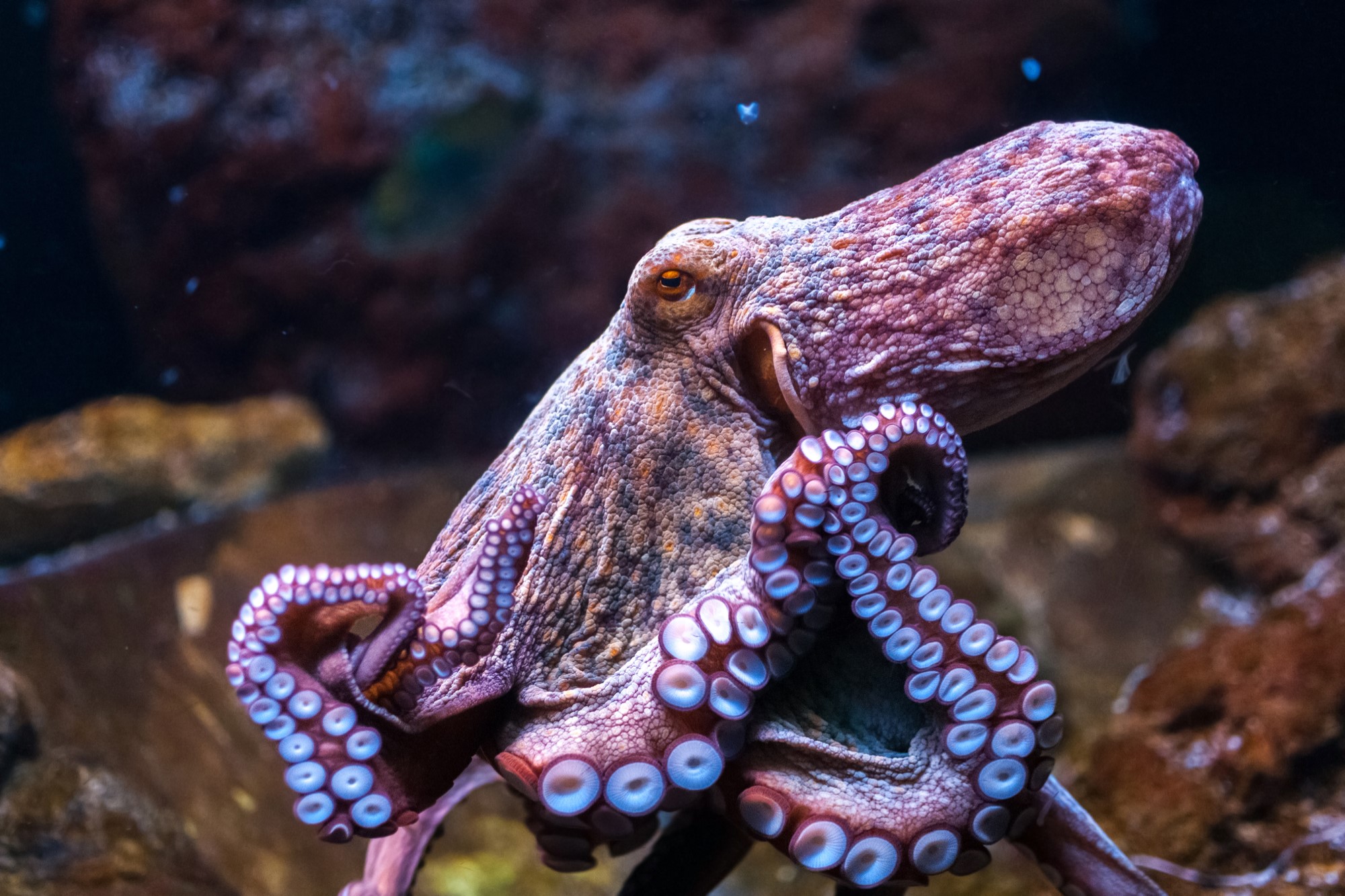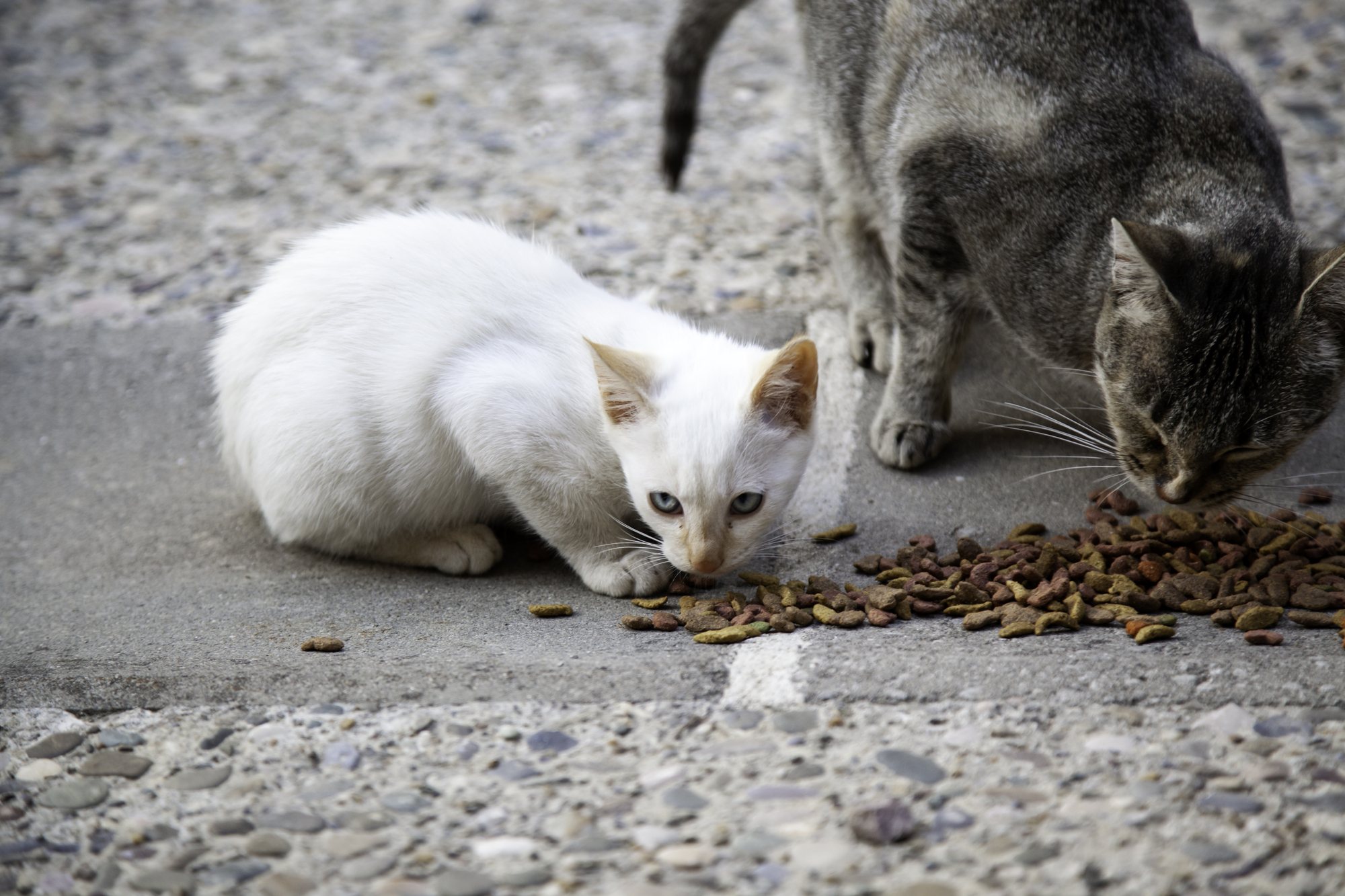Moral Standing and Human Monkeys

Last month researchers significantly complicated how we conceive of the landscape of moral creatures. Scientists in China have created a monkey with a human brain gene, inserting it with a virus into eleven macaque monkeys. “The five survivors went through a series of tests, including MRI brain scans and memory tests. It turned out they didn’t have bigger brains than a control group of macaques, but they did perform better on short-term memory tasks. Their brains also developed over a longer period of time, which is typical of human brains.” The scientists articulated the aim of the study as observing the evolutionary process of the human brain, the research was meant to capture how our brains developed the way they did. The next stages will involve study of the genes associated with language learning.
Typically, ethicists and laymen alike have taken there to be something morally relevant about most humans that means that they ought to be treated in particular ways, and should treat others in particular ways. Humans are moral animals in the sense that they are the ones that can do wrong and be wronged. In other words, when a non-human predator kills and eats its dinner, they are harming but not wronging their prey. When humans kill something, this is a potentially morally-loaded behavior.
The moral standing of humans is a tense enough ethical question, it being notoriously difficult to find an intuitive property that could ground the moral package of rights and duties that we take most humans to have – that transforms humans into persons. Is it advanced cognitive capacities such as reason, or self-awareness, or the ability to direct their behavior self-consciously? Is it the complex ways they feel pain and pleasure? The sort of relationships they have with one another? The potential to develop into a being that has these properties? Their membership in the “advanced” species? Each of these standards misses some intuitions that many would find central to our moral understanding – children may be excluded, animals may be included too strongly, humans experiencing brain death or persistent vegetative states or advanced dementia may not be captured appropriately.
While much of the focus of discussions of moral standing attempts to figure out what is special about humans, it is difficult to ignore that many of the things that makes humans special are shared to varying degrees with non-human animals. Our tool-use, communication, intelligent and flexible responses to the environment, complex social structure, etc., can all be found across the animal kingdom in various forms. This is suggestive of duties or respect that we may owe to such animals, and animal ethics is a large and growing area of research.
Further, with the advances made in computer science, some philosophers suggest that we need to start thinking about treating artificial intelligence that we create with similar moral respect that we owe to non-human animals. So, while humans may be a model for moral consideration, concern, and responsibility, extending this framework to relevant beings in the world is nothing new.
However, influencing creatures to give them the properties of humans is a significant step. While there may be ways of ethically treating some non-human animals in captivity (wildlife preserves?), keeping a creature with human capacities captive has long been viewed as morally reprehensible (a view that hopefully criminal justice systems will catch up with). Also, one major justification for experimenting on non-human animals is the benefit for humans – potential disease intervention, etc. This, however, is not the aim of these studies.
While there are those that consider it to be unethical to interfere with the basic capacities of non-human animals, the researchers have a two-pronged defense. First, apes are similar enough to humans that altering their genetic structure wouldn’t be a harm. Second, their test subjects are different enough that their research won’t succeed in making them sufficiently human to worry.
An interesting result of the potential future of these experiments is that many creatures would have the moral status of “potential person”, which is relevant to some in the US’s abortion debate. If the research on primates continues as the researchers articulate, Tooley’s science fiction thought experiments from the 1970s and 80s about the potential to inject cats with the rationality of mature humans transitions from science fiction to scientific possibility, and attention to the standing of “potential person” will be relevant outside of the abortion debate.




